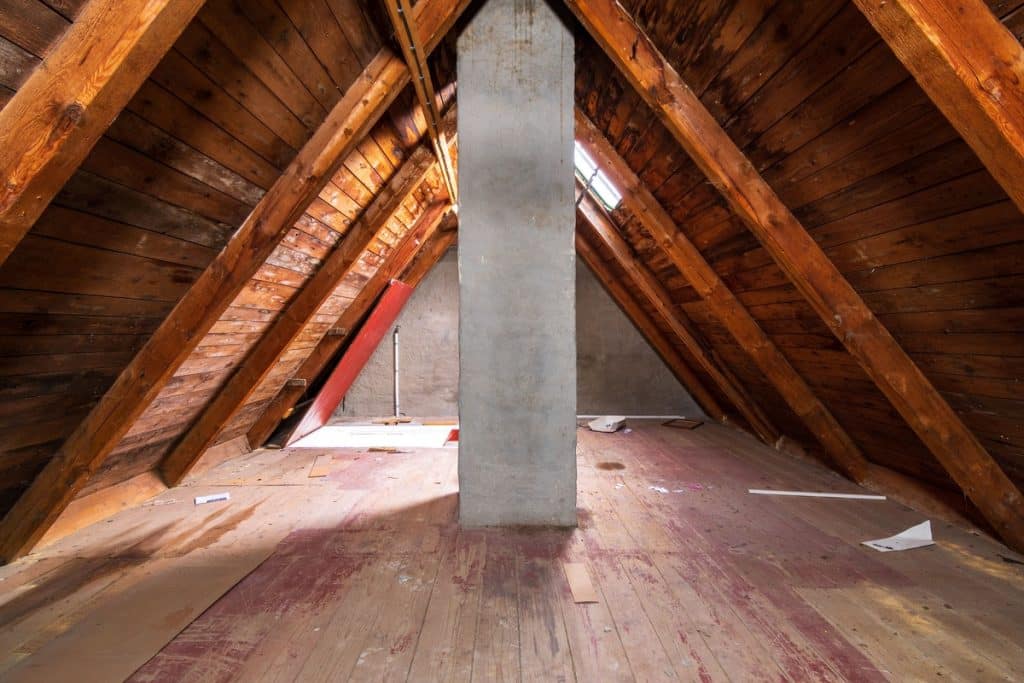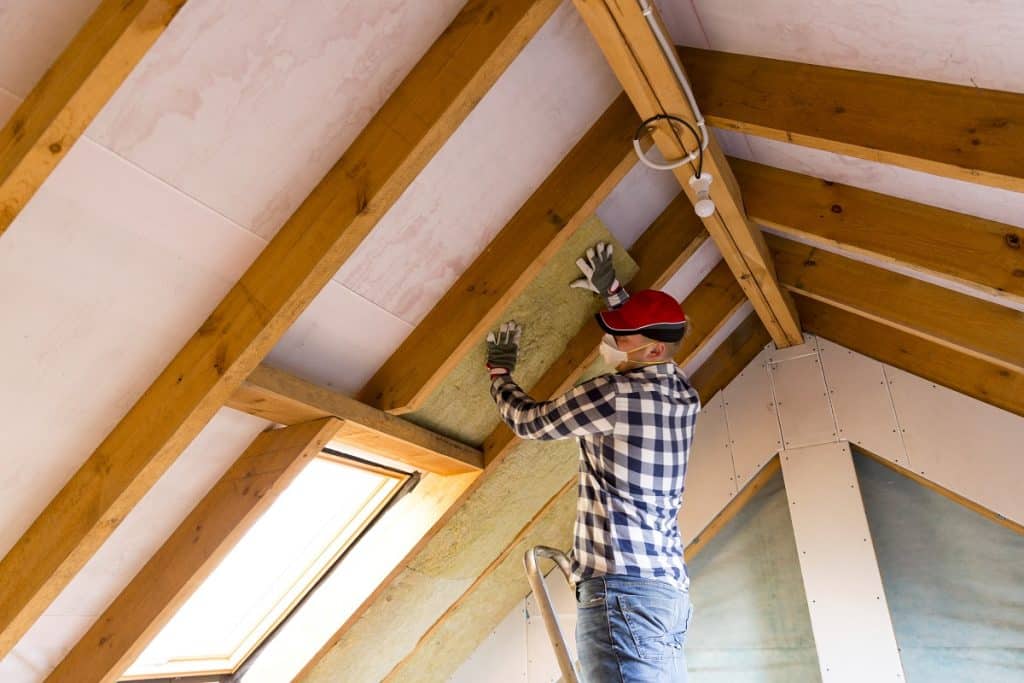With the growing trend of homeowners converting their attics into usable living spaces, ensuring proper HVAC functionality becomes crucial.
Transforming an attic into a functional living area presents unique challenges for heating and cooling. The often limited space, irregular shapes, and insufficient insulation make regulating temperature a daunting task. Addressing these challenges effectively requires strategic HVAC planning and implementation. Here are some essential tips for optimizing heating and cooling in a finished attic space:
Assess Insulation Needs

Before tackling HVAC installation or upgrades, assess the attic’s insulation requirements thoroughly. Inadequate insulation can lead to significant energy loss and temperature fluctuations. Consider adding insulation to the attic floor, walls, and roof to create a thermal barrier, minimizing heat transfer.
Choose the Right HVAC System
Selecting the appropriate HVAC system is critical for efficiently heating and cooling the attic space. Depending on the attic’s size, layout, and intended use, options range from traditional central HVAC systems to ductless mini-split units or high-velocity systems. Consult with an HVAC professional to determine the most suitable option for your specific requirements.
Optimize Ductwork Design
Incorporating ductwork in a finished attic can be challenging due to space constraints and architectural obstacles. Proper ductwork design is essential to ensure adequate airflow and distribution of conditioned air throughout the space. Consider utilizing flexible ducts or slim ducts to navigate tight areas and minimize interference with the attic’s aesthetics.
Implement Zoning Solutions
Zoning allows for customized temperature control in different areas of the home, including the finished attic. By dividing the HVAC system into multiple zones with independent thermostats, homeowners can optimize comfort and energy efficiency. Zoning also enables temperature adjustments based on occupancy, ensuring efficient use of resources.
Invest in Energy-Efficient Equipment
When upgrading HVAC systems for a finished attic, prioritize energy efficiency to reduce operating costs and environmental impact. Choose equipment with high SEER (Seasonal Energy Efficiency Ratio) ratings for air conditioners and AFUE (Annual Fuel Utilization Efficiency) ratings for furnaces. Additionally, consider investing in smart thermostats and programmable controls for optimal energy management.
Enhance Ventilation
Proper ventilation is crucial for maintaining indoor air quality and preventing moisture buildup in the attic space. Install ridge vents, soffit vents, or gable vents to facilitate natural airflow and exhaust stale air. Consider incorporating mechanical ventilation systems such as attic fans or heat recovery ventilators (HRVs) for enhanced air circulation and moisture control.
Consider Radiant Heating and Cooling
Radiant heating and cooling systems offer an alternative to traditional forced-air systems and can be particularly effective in attic conversions. Radiant systems use water, electricity, or air to transfer heat directly to objects and surfaces, providing uniform warmth or coolness without the need for ductwork. Consider installing radiant floor heating or ceiling panels for efficient temperature control in the finished attic.
Evaluate Window Treatments
Windows play a significant role in regulating temperature and natural light in the attic space. Consider upgrading to energy-efficient windows with low-E coatings and insulated frames to minimize heat transfer and UV exposure. Additionally, install window treatments such as blinds, shades, or curtains to block direct sunlight during the summer months and retain heat during the winter months.
Schedule Regular Maintenance
Proper maintenance is essential for the long-term performance and efficiency of HVAC systems in a finished attic. Schedule annual inspections and tune-ups with a qualified HVAC technician to ensure all components are functioning correctly and efficiently. Regular maintenance helps identify potential issues early, preventing costly repairs and prolonging the lifespan of HVAC equipment.

Monitor Humidity Levels
Maintaining optimal humidity levels is crucial for comfort and indoor air quality in the finished attic. Excess humidity can lead to mold growth, musty odors, and structural damage, while low humidity can cause discomfort and respiratory issues. Install a hygrometer to monitor humidity levels regularly and use dehumidifiers or humidifiers as needed to maintain a healthy indoor environment.
Conclusion
Transforming a loft into a habitable space requires careful consideration of HVAC needs and challenges. By addressing insulation, selecting the right HVAC system, optimizing ductwork design, implementing zoning solutions, investing in energy-efficient equipment, enhancing ventilation, considering radiant heating and cooling, evaluating window treatments, scheduling regular maintenance, and monitoring humidity levels, homeowners can create a comfortable and energy-efficient living environment in their finished attic. Consulting with HVAC professionals and prioritizing efficiency and performance will ensure long-term satisfaction with the attic conversion project.






GIPHY App Key not set. Please check settings